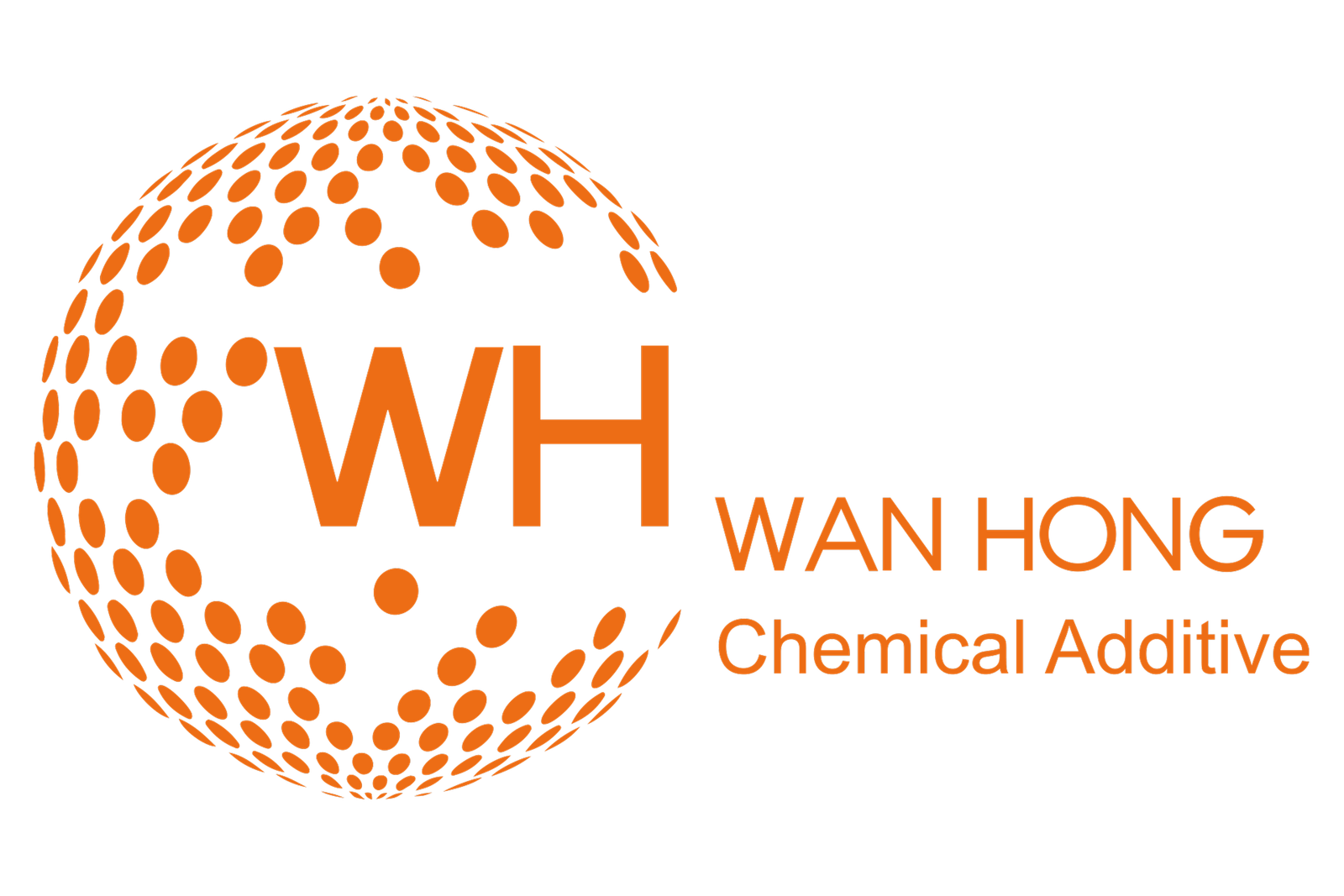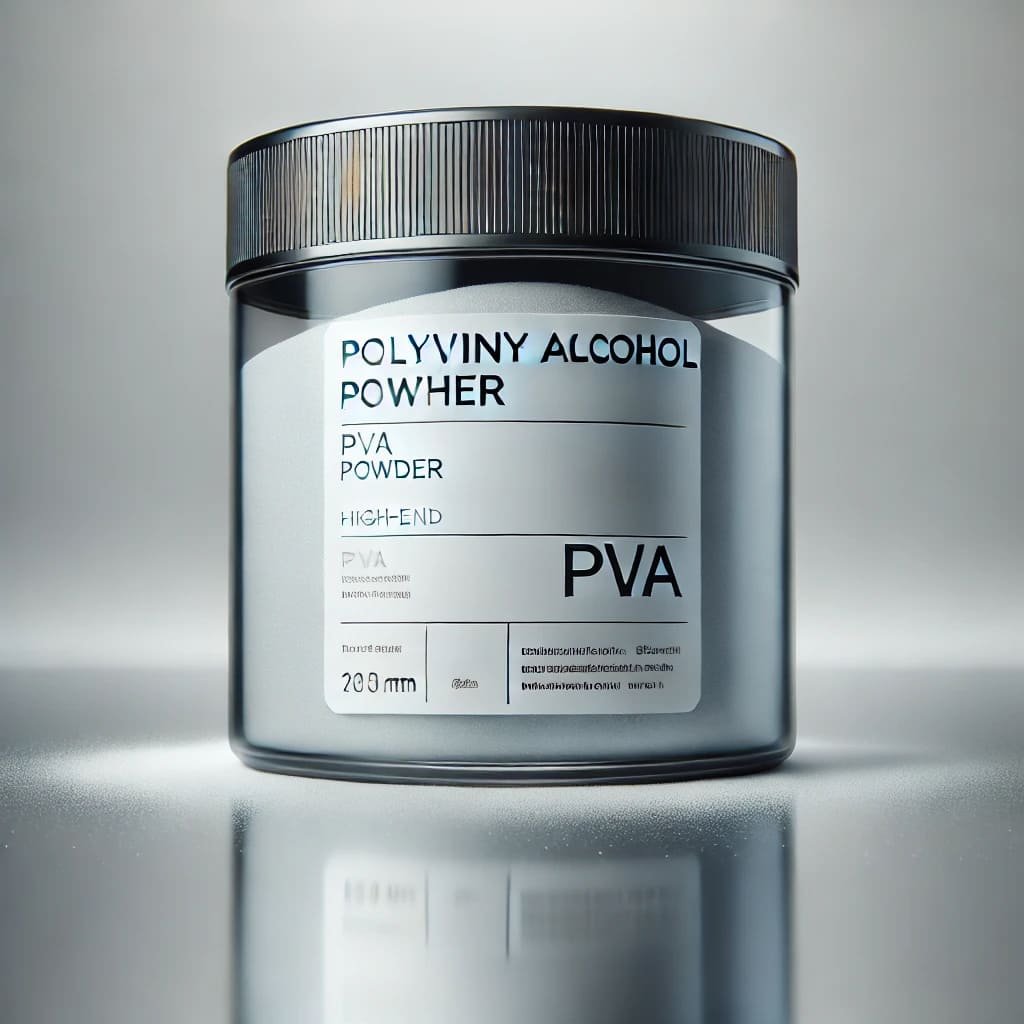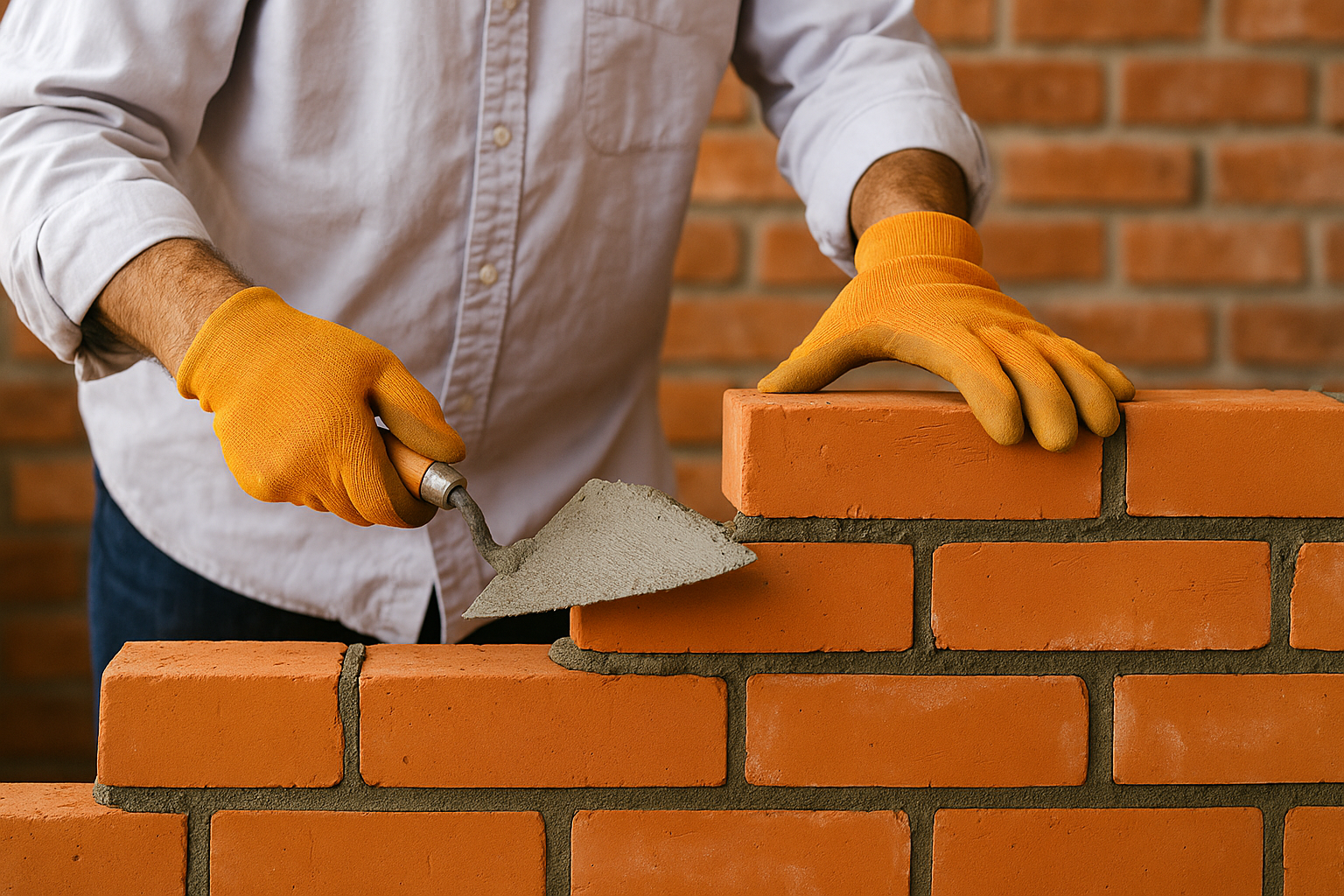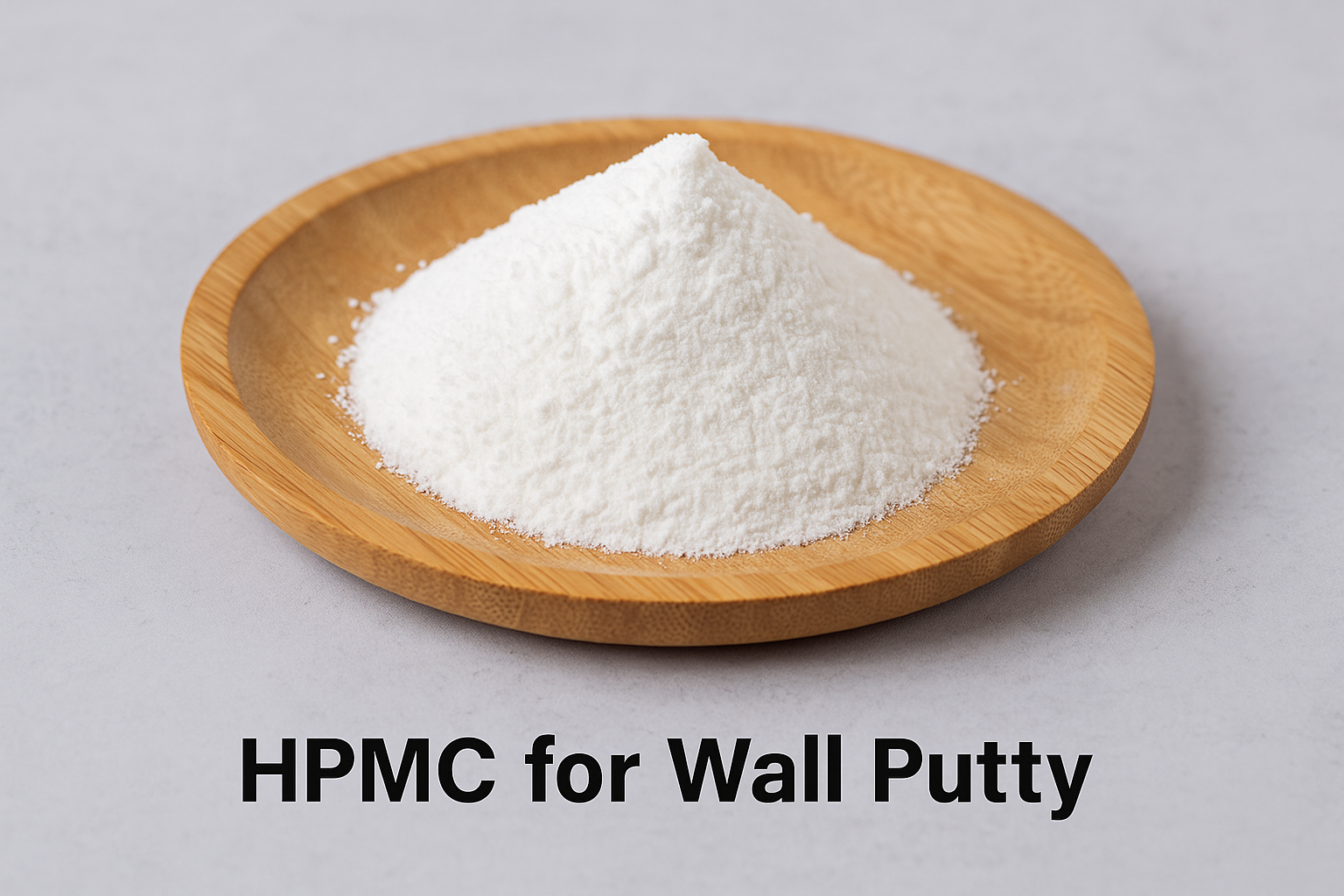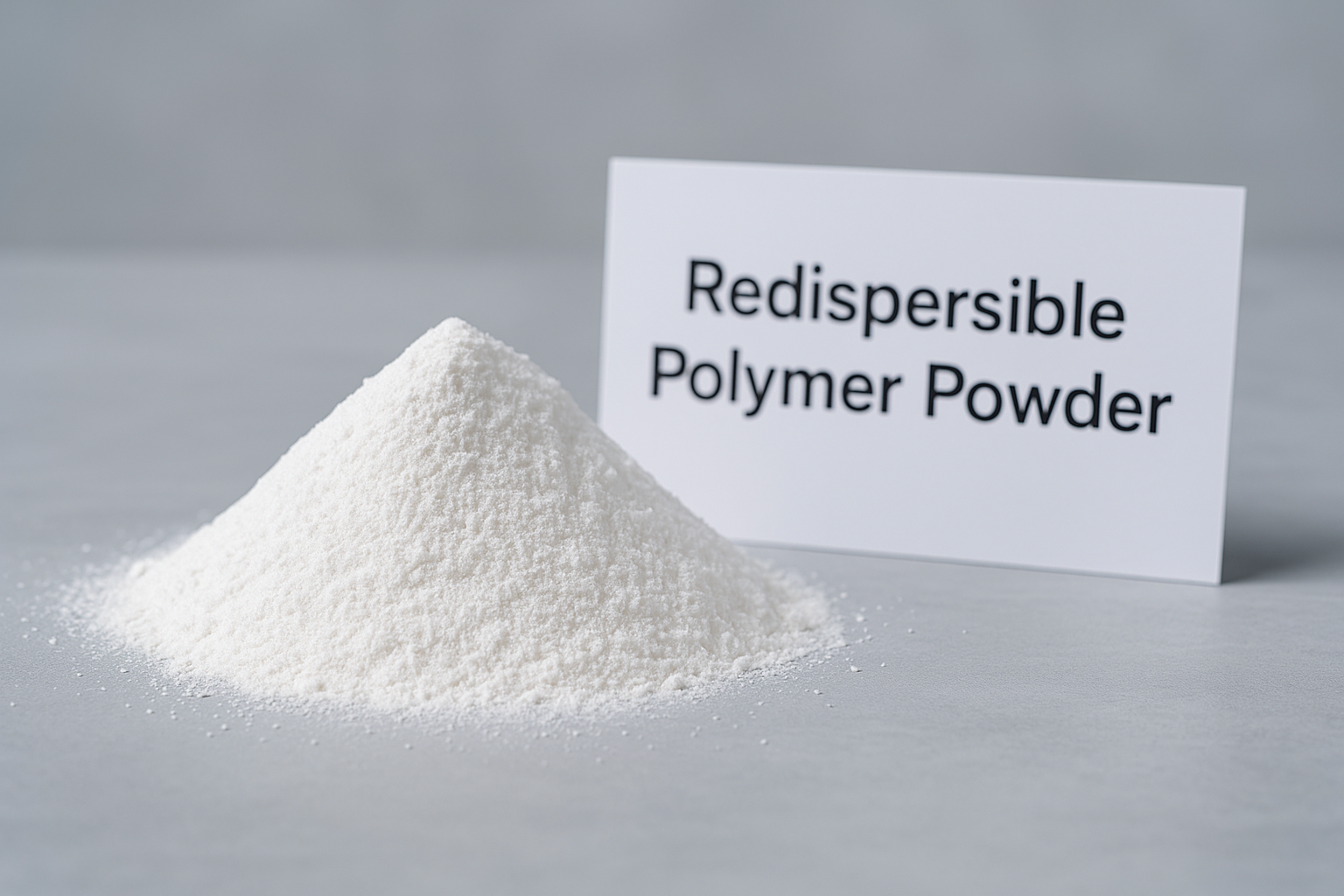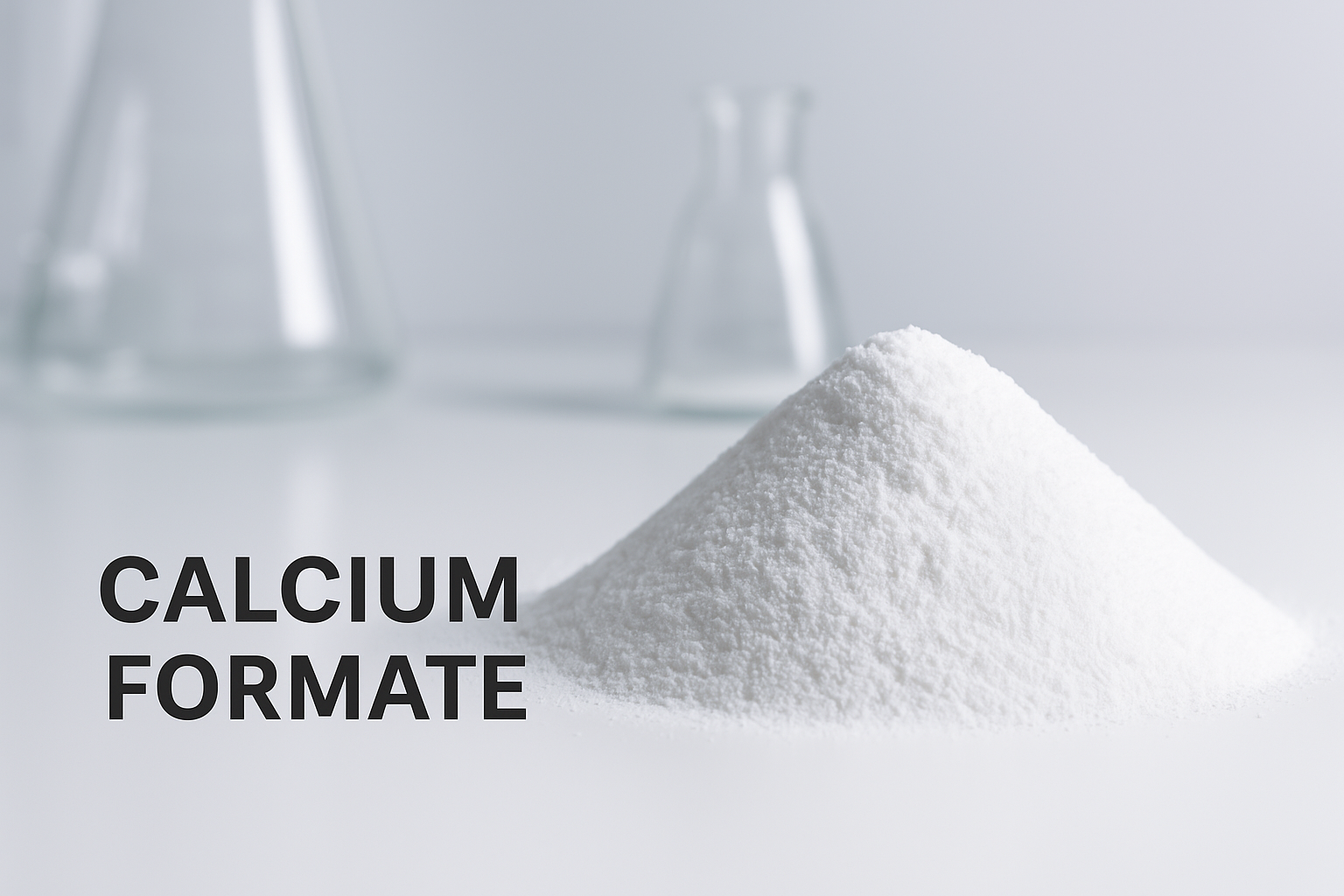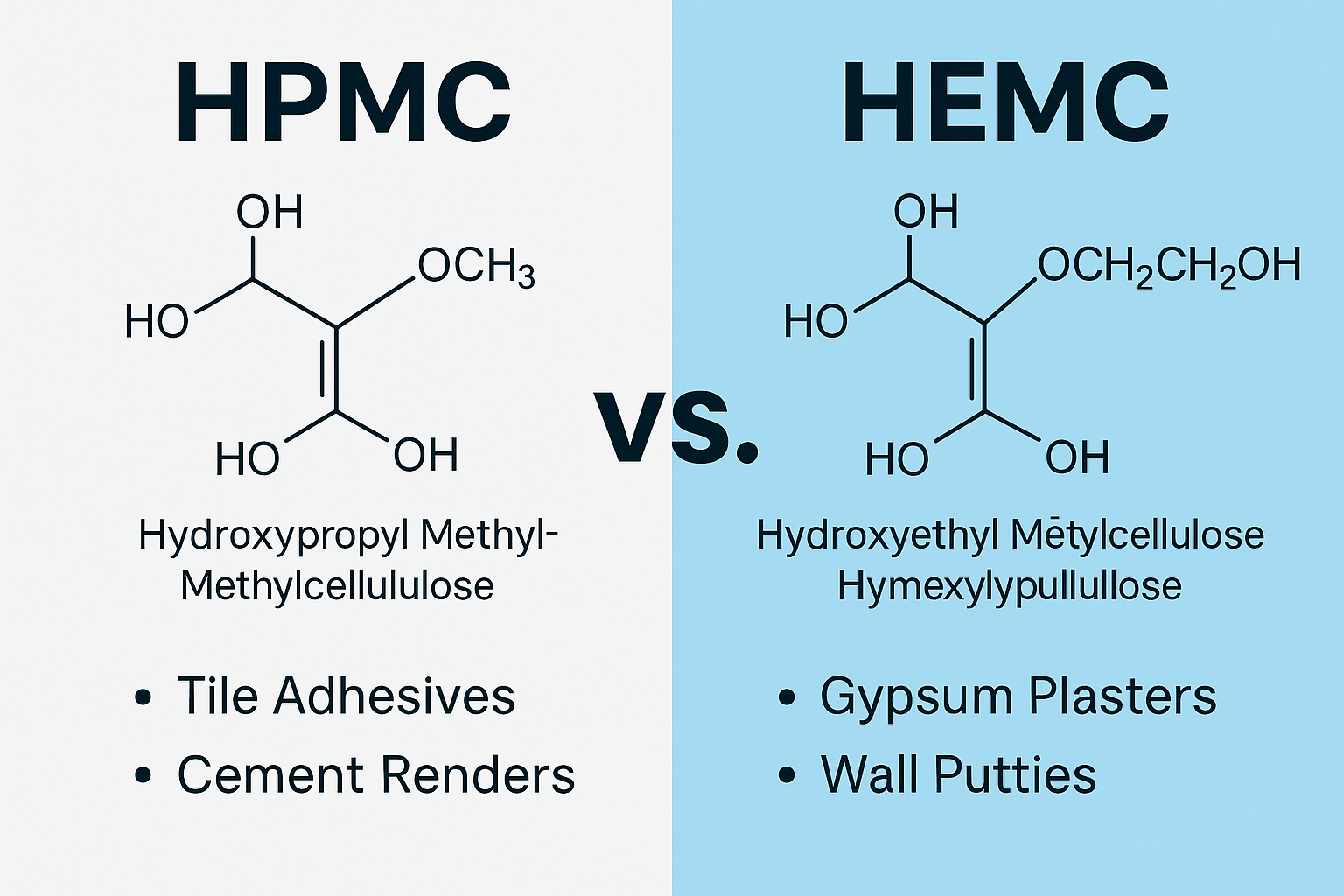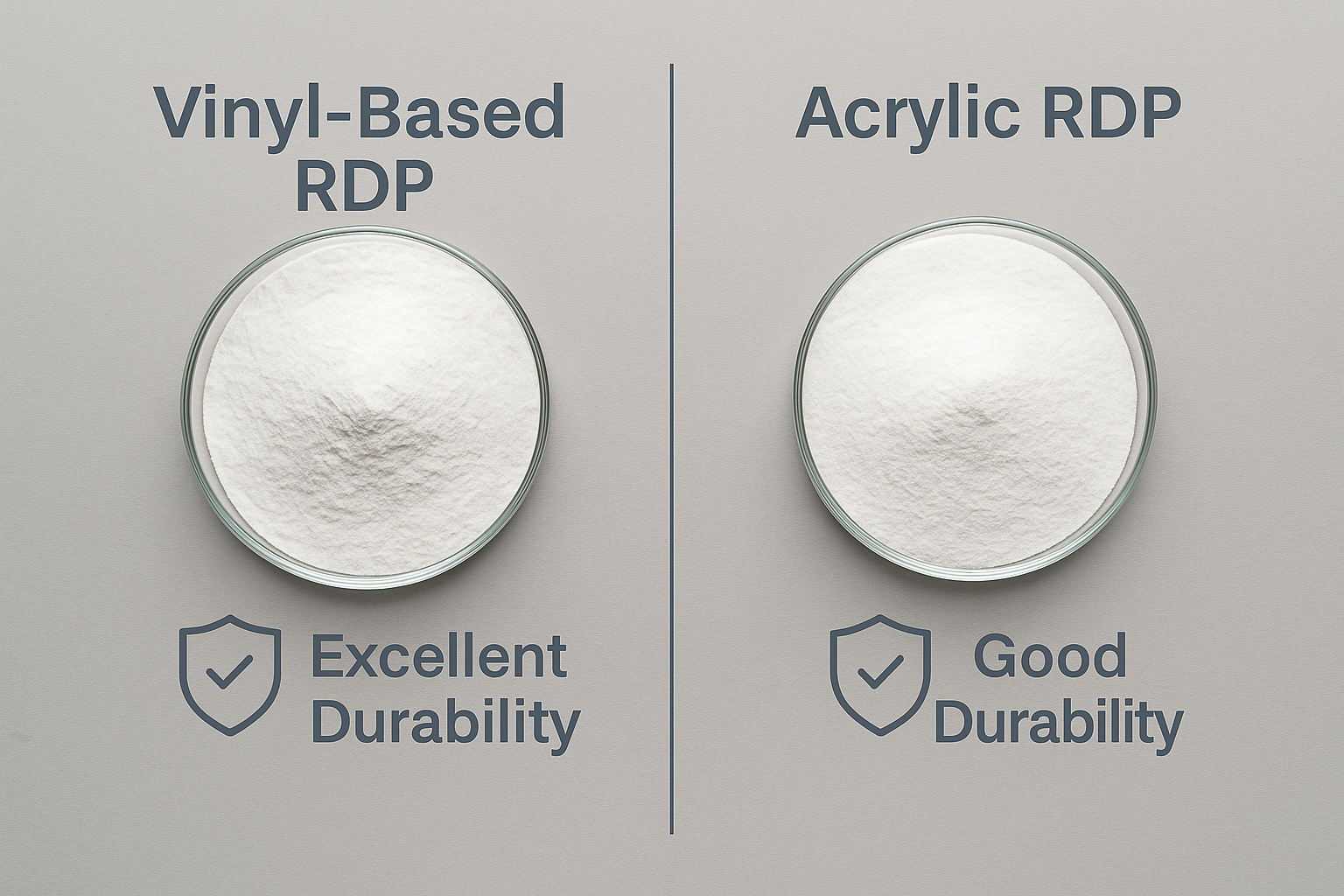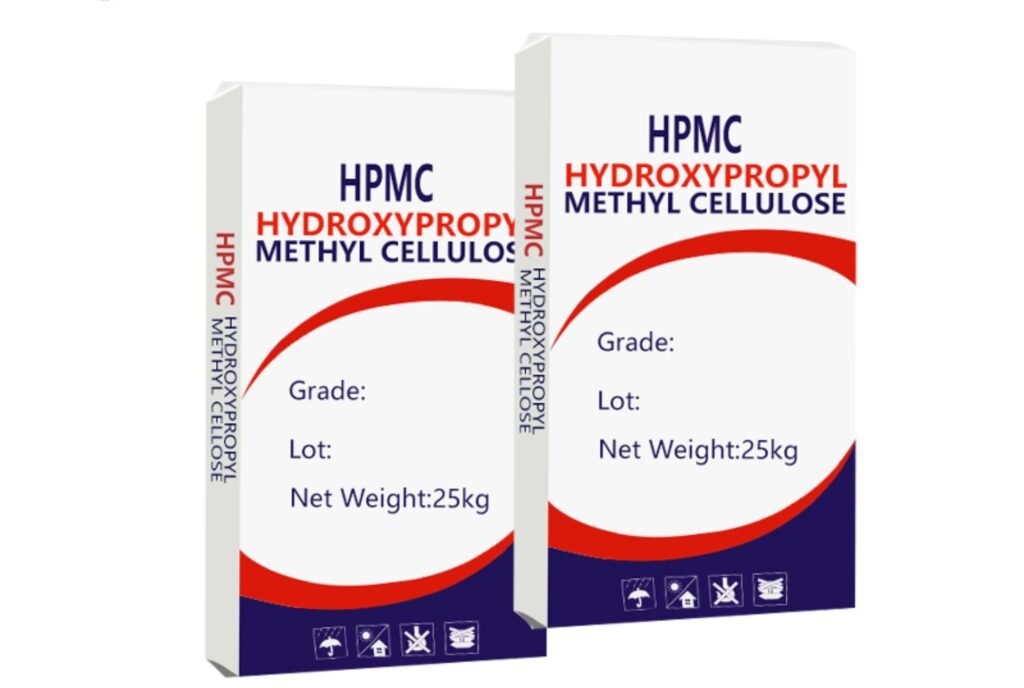Struggling with clumpy, inconsistent PVA solution1s that waste your time and materials? I've been there too, watching expensive powder turn into a gummy mess instead of the smooth solution I needed.
PVA solution is made by gradually adding polyvinyl alcohol powder to water heated to 80-95°C while stirring constantly until fully dissolved, then cooling to the desired temperature. This creates a clear, viscous liquid used as an adhesive, film-former, and stabilizer in numerous industries.
I remember my first attempts at making PVA solutions for our coating applications. The frustration of dealing with undissolved chunks and wasted material pushed me to perfect a reliable process. Whether you're in construction, textiles, or another industry that relies on this versatile polymer, getting your solution right is critical to your product quality.
The Versatility of PVA Powder: Why Is It So Widely Used?
Pain: Working with construction materials that crack, lack adhesion, or fail prematurely can cause project delays and costly rework. Traditional additives often fall short.
Polyvinyl alcohol powder2 is versatile because of its excellent film-forming properties, water solubility, and binding strength. It enhances adhesion in mortars, improves flexibility in paints, strengthens paper products, and creates water-soluble packaging, all while being non-toxic and biodegradable.
PVA's remarkable properties have made it indispensable across numerous industries. In my years supplying building material additives, I've seen how this simple white powder transforms ordinary products into high-performance solutions.
PVA powder comes in different grades with varying molecular weights and hydrolysis degrees, each offering specific performance characteristics.
For construction applications, partially hydrolyzed PVA (87-89%) provides excellent bonding properties while maintaining water resistance after curing.
Higher hydrolysis grades (98%+) offer superior tensile strength and are preferred for fiber reinforcement in concrete and mortars.
The molecular weight affects viscosity and dissolution properties – lower weights dissolve more easily but provide less strength, while higher weights require more careful processing but deliver superior performance in applications requiring durability.
| PVA Type | Hydrolysis Level | Best For | Dissolution Difficulty |
|---|---|---|---|
| Low MW | 87-89% (Partial) | Adhesives, Emulsifiers | Easy |
| Medium MW | 87-89% (Partial) | Paper coatings, Textile sizing | Moderate |
| High MW | 98%+ (Full) | Concrete additives, Fiber reinforcement | Difficult |
What is PVA Solution? How Does It Differ From The Powder?
Pain: Confusion about PVA forms leads to purchasing errors and application problems. Many buyers don't understand the crucial differences between powder and solutions.
PVA solution is polyvinyl alcohol powder dissolved in water at specific concentrations, typically 5-20% depending on the application. Unlike powder, the solution is ready to use, eliminating dissolution time but offering less storage stability and higher shipping costs due to water content.
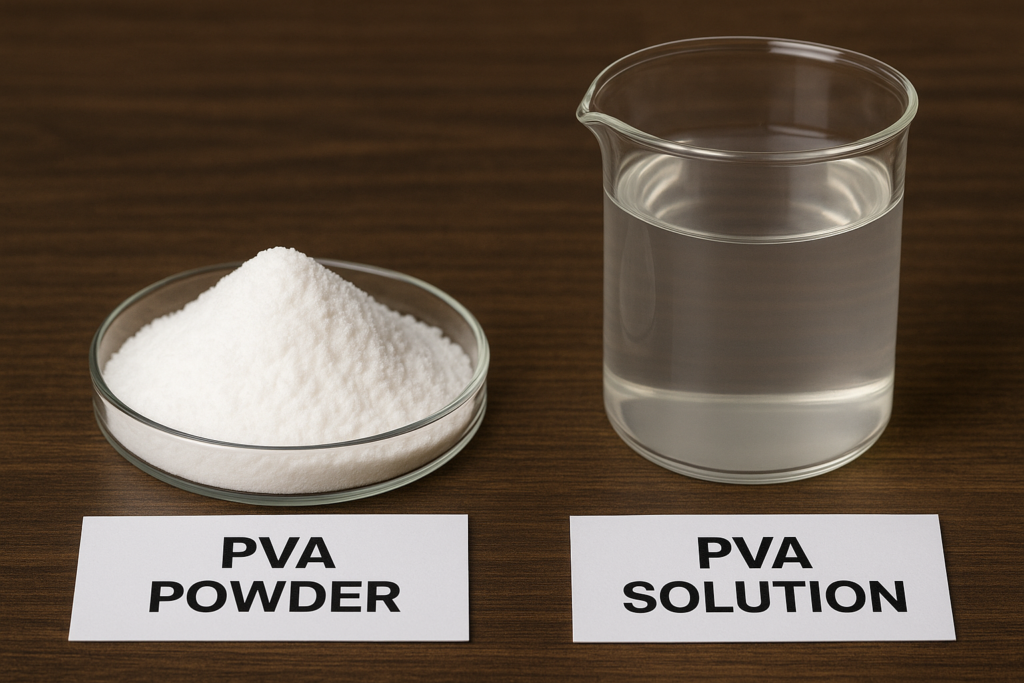
PVA solutions transform the raw powder into an immediately usable form, but this convenience comes with important trade-offs. I've guided many clients through this decision between powder and pre-made solutions, considering their specific operational needs.
The solution's viscosity is directly related to both concentration and the molecular weight of the original powder. Lower concentrations (4-8%) create more fluid solutions ideal for impregnation applications, while higher concentrations (10-20%) produce thicker solutions perfect for adhesives.
Temperature sensitivity is another critical factor – PVA solutions exhibit distinct behavior changes with temperature fluctuations. When heated, viscosity decreases, improving spreadability; when cooled, the solution becomes more viscous and can eventually gel.
This property can be advantageous in certain applications but requires careful handling during storage and use.
Storage stability remains one of the biggest challenges with pre-made solutions. Although preservatives extend shelf life, most PVA solutions should be used within 3-6 months, compared to the 2+ year shelf life of powder.
I've seen customers waste significant resources by ordering too much solution, only to find it degraded or contaminated before they could use it all.
| Property | PVA Powder | PVA Solution |
|---|---|---|
| Shelf Life | 2+ years | 3-6 months |
| Storage Space | Minimal | Substantial |
| Shipping Cost | Lower | Higher |
| Preparation Time | Requires dissolution | Ready to use |
Top 4 Polyvinyl Alcohol Uses: Where Is This Versatile Polymer Applied?
Pain: Identifying the right grade and concentration of PVA for specific applications is challenging. Using the wrong formulation wastes money and compromises product quality.
The top four uses of polyvinyl alcohol are: 1) Construction additives for improved mortar adhesion and flexibility, 2) Textile sizing for yarn strength and weaving efficiency, 3) Paper coatings for printability and oil resistance, and 4) Adhesives for wood, paper, and packaging applications.
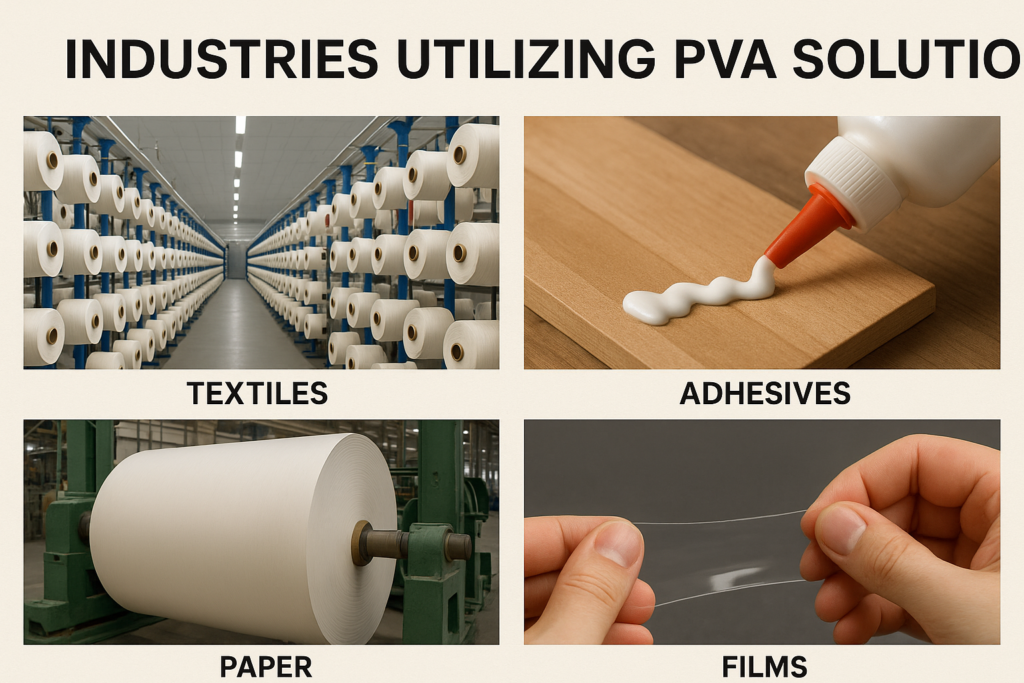
Beyond these primary applications, the versatility of PVA3 continues to surprise me even after years in the industry. Its unique combination of properties makes it invaluable across numerous sectors, with each application requiring specific formulation considerations.
In construction materials, which represents our largest market segment, PVA significantly enhances cement-based products. At concentrations of 0.5-2% in dry mortar formulations, it improves adhesion to difficult substrates by up to 40% and reduces cracking by enhancing flexibility.
Our testing shows that higher molecular weight grades (120,000+) provide superior crack resistance in exterior renders exposed to temperature fluctuations.
The textile industry relies on PVA as a warp sizing agent, where it creates a protective coating on yarn fibers before weaving. This application demands rapid dissolution characteristics and moderate film strength, typically achieved with 87-89% hydrolyzed grades at medium molecular weights. Concentration varies from 8-12% depending on fabric type and weaving speed.
In paper manufacturing, PVA serves dual purposes – internal sizing for strength and surface coating for printability. The coating applications require excellent film clarity achieved with fully hydrolyzed grades (98%+), while sizing applications often use partially hydrolyzed types for better compatibility with other additives.
The fourth major application, adhesives, demands careful formulation based on substrate and environmental conditions. For water-resistant wood glues, we typically recommend fully hydrolyzed grades combined with cross-linking agents, while temporary adhesives in packaging often use lower hydrolysis grades that maintain water solubility.
| Application | Optimal PVA Type | Concentration | Key Performance Attribute |
|---|---|---|---|
| Construction | High MW, 98%+ hydrolyzed | 0.5-2% in dry mix | Crack resistance, adhesion |
| Textile Sizing | Medium MW, 87-89% hydrolyzed | 8-12% solution | Abrasion protection, removability |
| Paper Coating | High MW, 98%+ hydrolyzed | 6-15% solution | Film clarity, printability |
| Adhesives | Varies by substrate | 10-25% solution | Bond strength, setting time |
How to make PVA Solutions? 5 Essential Steps for Perfect Results
Pain: Failed attempts at making PVA solutions waste expensive materials and valuable production time. Lumps, inconsistent viscosity, and poor performance plague improper preparation.
To make PVA3 solution: 1) Heat water to 80-95°C, 2) Add PVA powder gradually while stirring vigorously, 3) Maintain temperature and continue stirring for 30-60 minutes until completely clear, 4) Cool slowly to desired temperature, and 5) Adjust final concentration if needed.
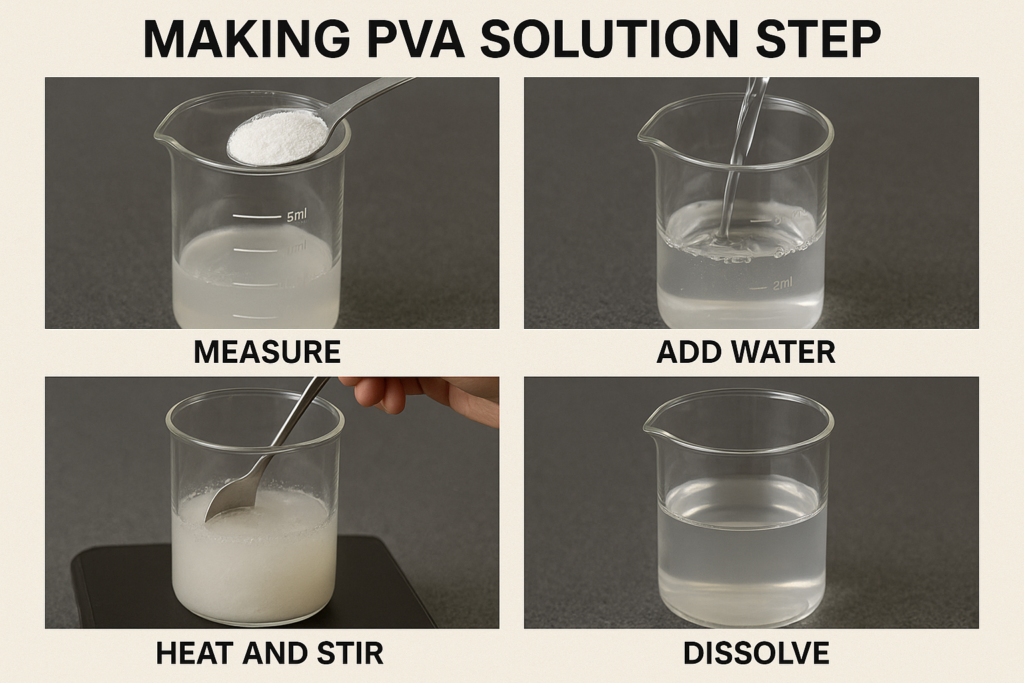
After preparing countless batches both in our lab and at customer facilities, I've refined these steps to ensure consistent results regardless of scale. The key factors affecting dissolution are temperature, agitation method, and addition rate – all of which need careful control.
The heating stage is critical but often misunderstood. The water must reach the proper temperature before adding any powder, as PVA won't dissolve effectively below 80°C. However, exceeding 95°C risks degrading the polymer chains and reducing performance.
I recommend using a calibrated thermometer rather than visual cues, as even experienced operators can misjudge water temperature.
The powder addition rate dramatically affects dissolution quality. Adding too quickly creates aggregates that are extremely difficult to dissolve later.
I've found that adding no more than 5% of the total powder volume every 2-3 minutes while maintaining vigorous agitation prevents these troublesome lumps from forming.
Stirring speed and equipment type also significantly impact results. Laboratory scale preparations can use magnetic stirrers at 400-600 RPM, while industrial batches require properly sized impellers operating at speeds calculated for tank dimensions.
Insufficient agitation leads to poor dissolution and "fish eyes" – partially hydrated particles that never fully dissolve.
The cooling phase deserves special attention, particularly for higher molecular weight grades. Cooling too rapidly can cause precipitation or gel formation. A controlled cooling rate of approximately 1°C per minute prevents these issues while allowing proper chain alignment for optimal solution properties.
| Step | Common Error | Consequence | Prevention |
|---|---|---|---|
| Water Heating | Insufficient temperature | Incomplete dissolution | Use calibrated thermometer |
| Powder Addition | Adding too quickly | Lumps and "fish eyes" | Gradual addition (5% every 2-3 min) |
| Stirring | Inadequate agitation | Uneven concentration | Proper equipment sizing for batch volume |
| Heating Duration | Insufficient time | Reduced clarity and performance | Continue stirring until completely clear |
| Cooling | Rapid temperature drop | Precipitation or gel formation | Control cooling rate (1°C/min) |
The Challenge with Conventional Polyvinyl Alcohol4 Solution Mixers
Pain: Standard mixing equipment often fails with PVA, creating inconsistent batches, equipment damage, and production bottlenecks that impact your entire operation.
Conventional mixers struggle with PVA solutions because they lack sufficient shear force to properly disperse the powder, cannot maintain consistent temperature control, and often create dead zones where undissolved particles accumulate. Specialized dissolving tanks with high-shear impellers and precise temperature control are recommended instead.
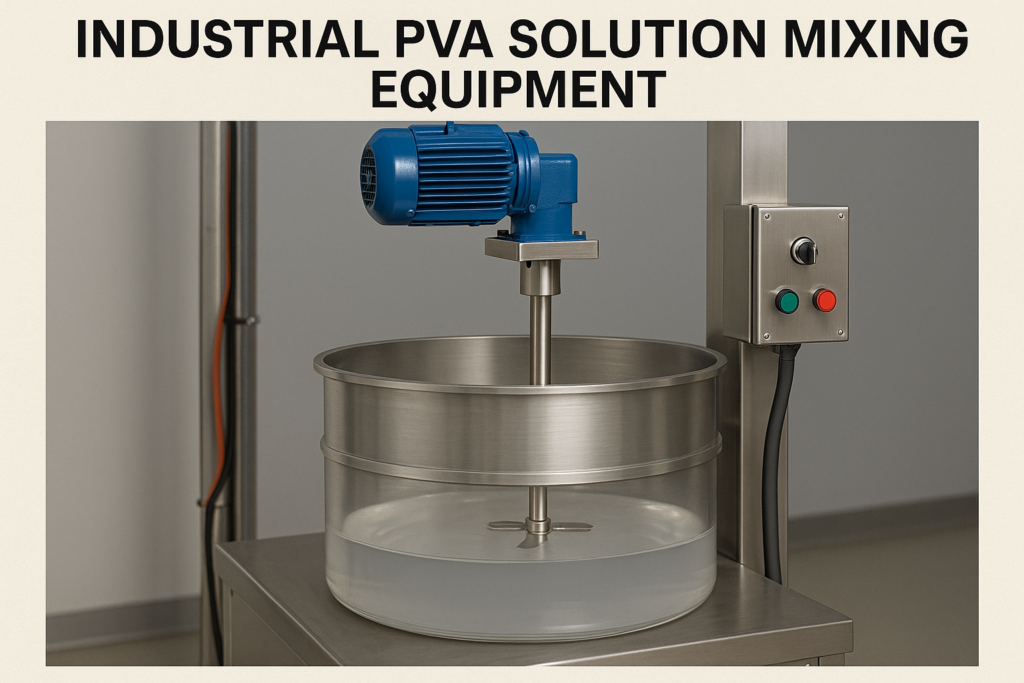
Through working with dozens of manufacturers, I've witnessed the frustration that comes from trying to adapt general-purpose equipment for PVA dissolution. The unique properties of polyvinyl alcohol demand specific equipment considerations that many production managers overlook.
Standard propeller mixers typically generate insufficient shear forces to properly disperse PVA powder, especially higher molecular weight grades. The radial flow pattern of conventional impellers creates uneven distribution, with higher concentrations at the vessel walls and lower concentrations at the center.
This leads to inconsistent dissolution and quality variations between batches.
Temperature control presents another significant challenge. Many standard mixing vessels lack the heating capacity to maintain the required 80-95°C throughout the dissolution process.
As cold powder is added, it creates localized cooling that can drop below the effective dissolution temperature. Without uniform heating across the entire vessel, these cold spots become areas where undissolved particles accumulate.
Scaling up from laboratory to production volumes introduces additional complexities. The dissolution kinetics change dramatically with increasing batch size, requiring equipment modifications that many operations overlook.
I've seen companies simply increase batch size without corresponding adjustments to agitation power, resulting in severely compromised product quality.
For operations producing more than 500kg of solution daily, specialized dissolution systems5 become economically justified. These typically feature:
- High-shear impellers with specific blade designs for polymer dissolution
- Baffled tank designs that eliminate vortexing and improve vertical mixing
- Scraped surface heat exchangers for precise temperature control
- Powder induction systems that prevent lumping during addition
- Automated process controls for consistent batch-to-batch quality
| Mixer Type | Suitable For | Advantages | Limitations |
|---|---|---|---|
| Standard Propeller | Small batches, low MW PVA | Low cost, widely available | Poor temperature control, insufficient shear |
| High-Shear Mixer | Medium batches, all PVA types | Excellent dispersion, faster dissolution | Higher energy consumption, higher cost |
| Specialized Dissolution System | Large production, high MW PVA | Consistent quality, automated operation | Significant capital investment |
About Polyvinyl Alcohol Environmental Impact: Is It Eco-Friendly?
Pain: Environmental concerns about polymer additives create regulatory challenges and customer resistance. Manufacturers worry about compliance and sustainability claims.
Polyvinyl alcohol is generally considered environmentally friendly as it's biodegradable, water-soluble, non-toxic, and produces no harmful byproducts during breakdown. Studies show 90% biodegradation occurs within 28 days in active sludge environments, making it preferable to many synthetic polymers.
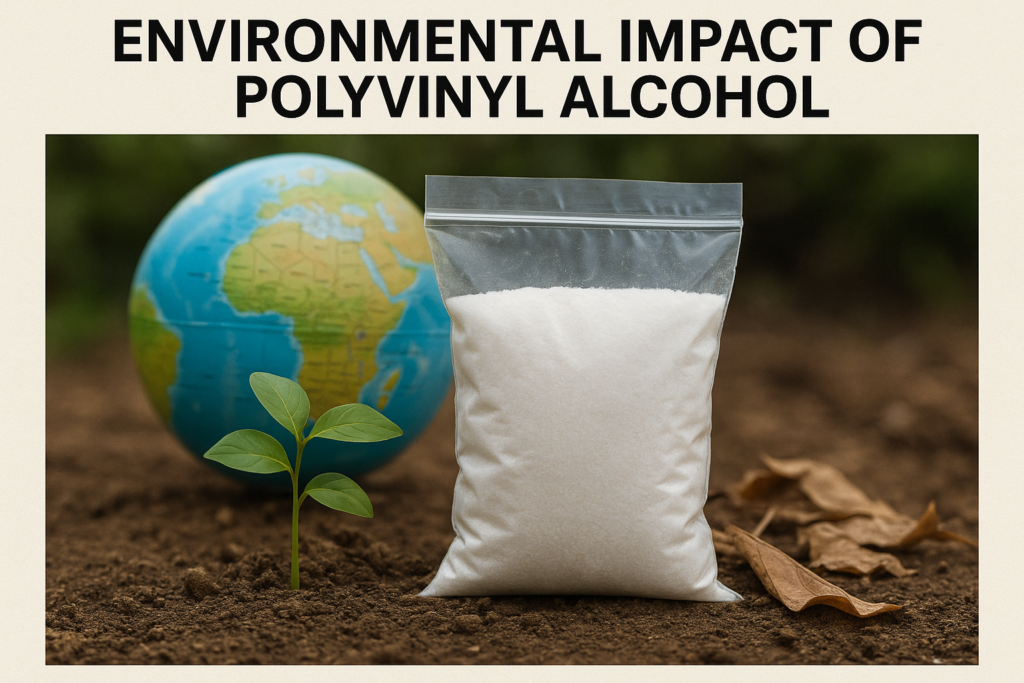
As sustainability becomes increasingly important to our customers, I've invested significant time researching PVA's environmental profile compared to alternative materials. The findings have been reassuring for our environmentally conscious clients.
Unlike many petroleum-based polymers, PVA biodegrades through a two-stage process: first, enzymes produced by specific bacteria break the polymer chains into smaller fragments; then, these fragments are metabolized by microorganisms into carbon dioxide and water.
This process happens readily in wastewater treatment systems and properly managed composting facilities.
The biodegradation rate depends heavily on specific environmental conditions. In aerobic wastewater treatment facilities with adapted microorganisms, studies show 90% degradation within 28 days.
However, in anaerobic conditions or cold environments, the process slows considerably, potentially taking months for complete breakdown.
Manufacturing impact represents another environmental consideration. PVA production does require petroleum derivatives (vinyl acetate monomer) and energy inputs, creating a carbon footprint.
However, life cycle assessments show that PVA's overall environmental impact is lower than many alternative polymers used in similar applications, particularly when considering end-of-life breakdown.
Recent innovations have focused on producing PVA from bio-based sources rather than petroleum derivatives, further improving its sustainability profile. Several manufacturers now offer partially bio-based PVA derived from agricultural waste materials, reducing fossil fuel dependency.
For construction applications specifically, PVA's ability to improve product longevity creates additional environmental benefits. By enhancing durability and reducing cracking, PVA-modified mortars and concretes require less frequent replacement, reducing lifetime material consumption and associated carbon emissions.
| Environmental Aspect | PVA Performance | Comparison to Alternatives |
|---|---|---|
| Biodegradability | 90% in 28 days (aerobic) | Superior to most synthetic polymers |
| Toxicity | Non-toxic to aquatic life | Lower impact than acrylic polymers |
| Manufacturing Impact | Moderate energy requirement | Lower than PVAC, higher than natural gums |
| End Product Sustainability | Improves durability of applications | Reduces lifetime material consumption |
Conclusion
Making perfect PVA solutions requires proper temperature control, gradual powder addition, adequate stirring, and the right equipment for your scale. By following these steps and understanding PVA's properties, you'll create consistent, high-quality solutions that enhance your products' performance while maintaining environmental responsibility.
-
Explore this link to understand the applications and benefits of PVA solutions across different sectors, enhancing your knowledge and usage. ↩
-
Discover the versatile properties of polyvinyl alcohol powder and how it can improve your projects in construction and other industries. ↩
-
Explore the diverse applications of PVA across industries to understand its significance and versatility. ↩ ↩
-
Explore this resource to understand effective methods for mixing PVA solutions, ensuring consistent quality and performance. ↩
-
Discover the advantages of specialized dissolution systems, which can significantly improve production efficiency and product quality for large batches. ↩
